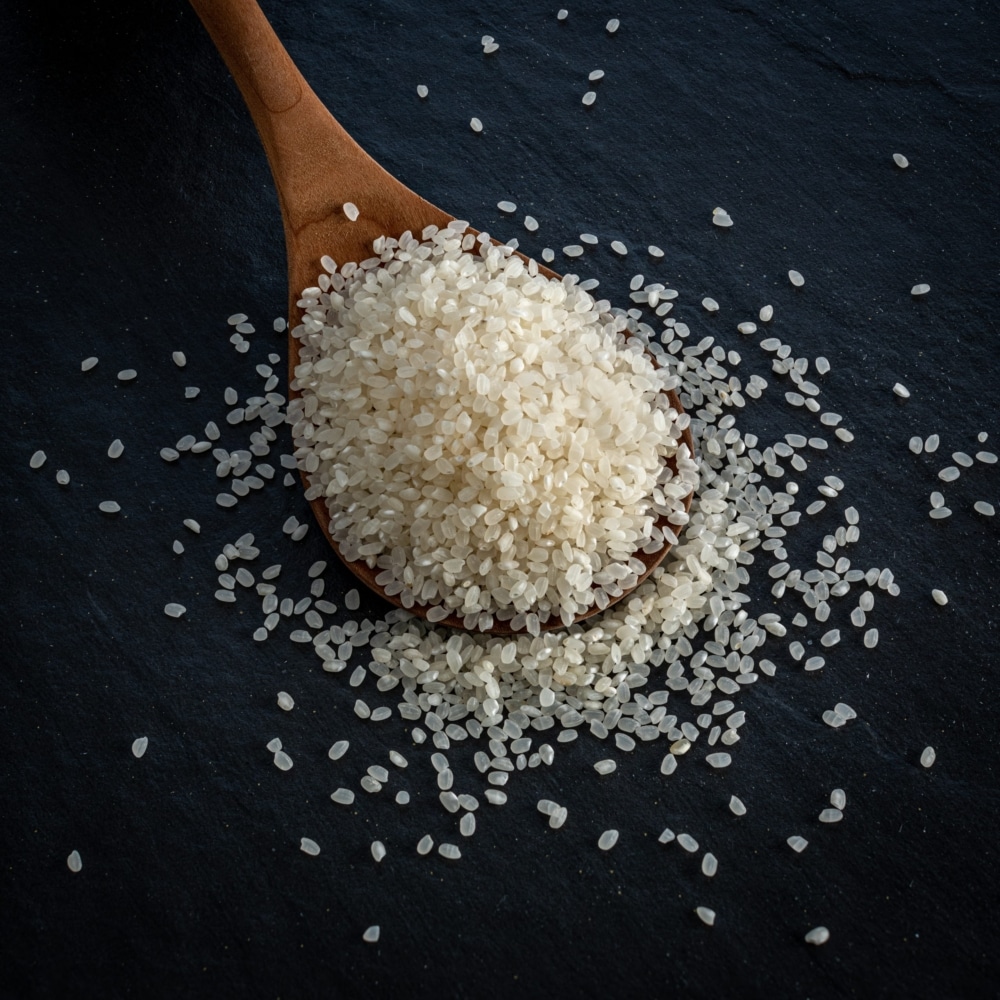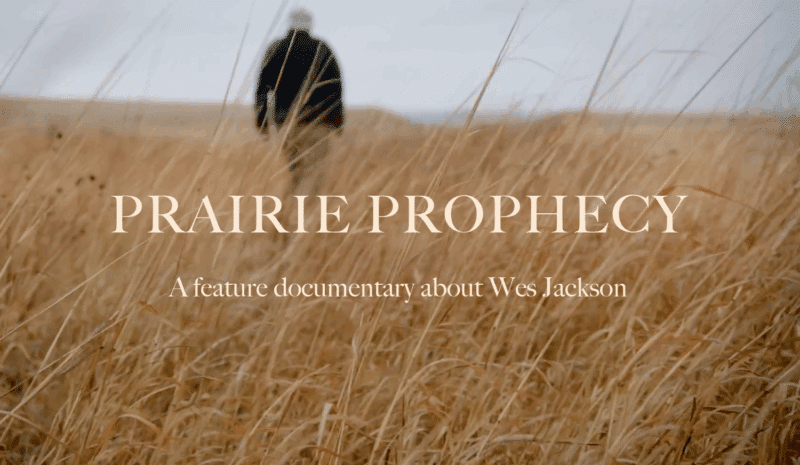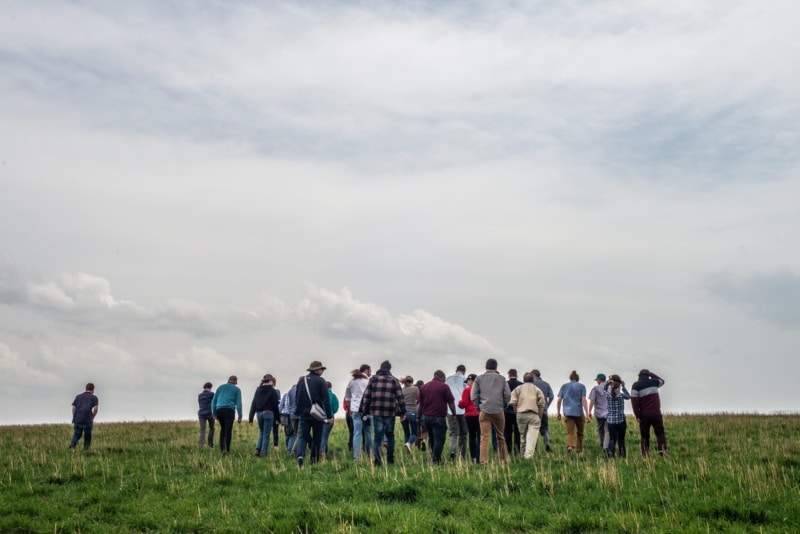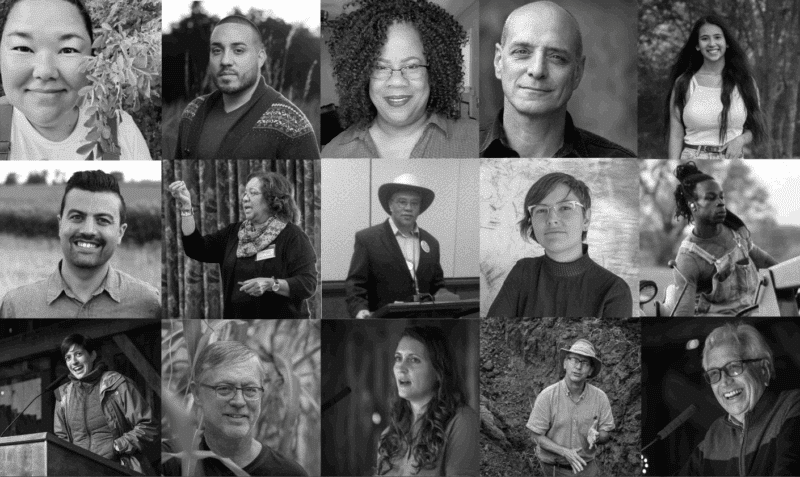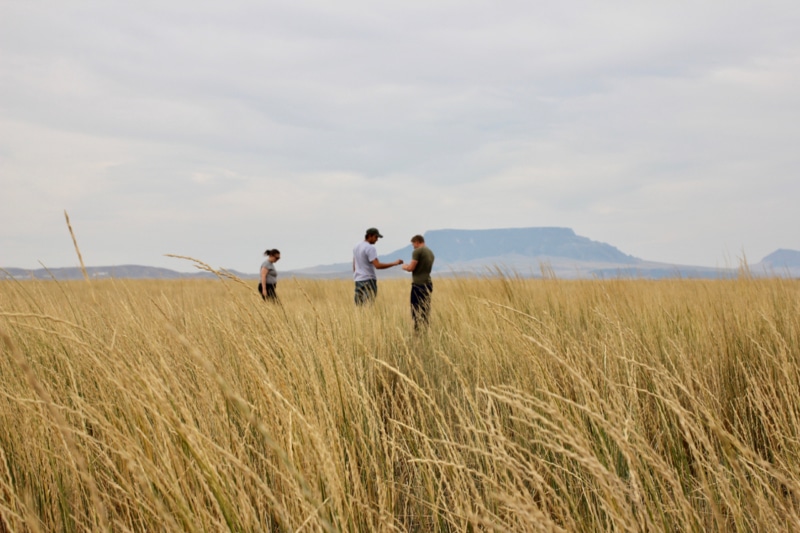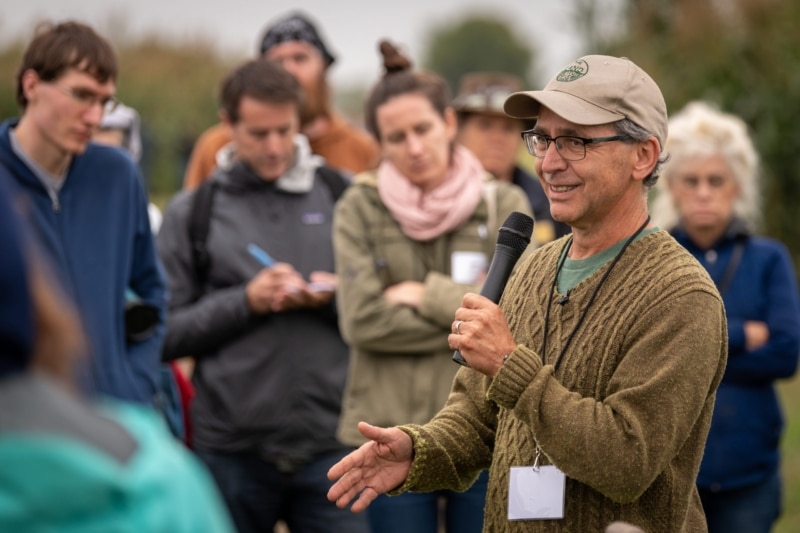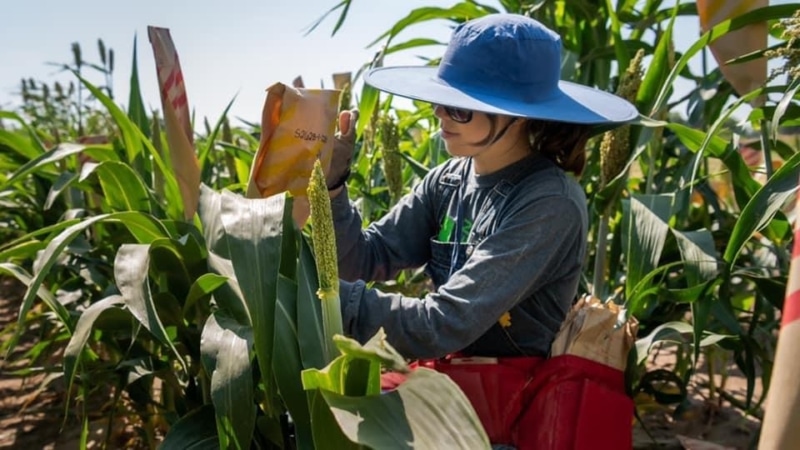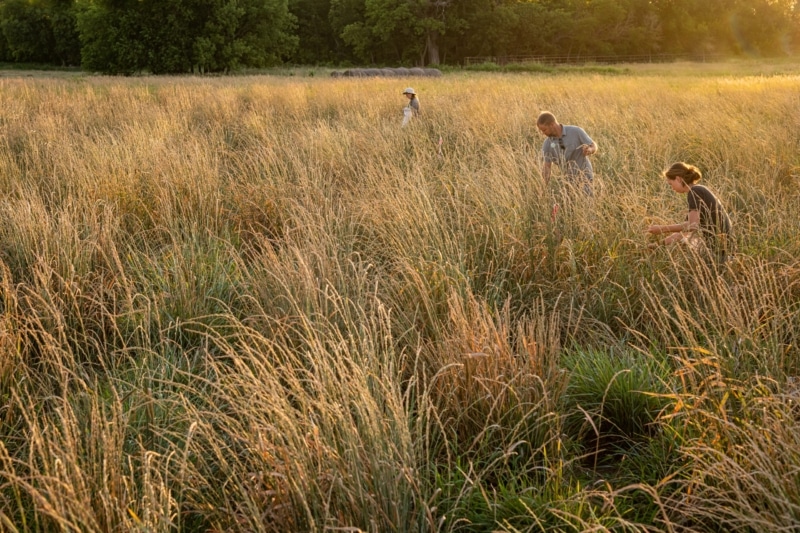Researchers in China’s Yunnan Province developed perennial rice in a relatively short two-decade timeframe, achieving comparable yields to annual rice varieties. They were supported with scientific expertise and seed funding from Kansas-based nonprofit The Land Institute and a global network of researchers.
“I congratulate the authors for delivering one of the most important reports in modern agriculture,” says National Geographic Society Explorer Jerry Glover, whose work has focused on developing and using perennial crops. “I believe this report will catalyze a generation of new discoveries by scientists who have not yet been involved in pursuing perennial traits in staple grain crops. This research marks a distinct new line of possibilities for global food production from the nearly 10,000-year single-track reliance on annual grain crops.”
Rice feeds 4 billion people and is the grain most consumed by humans, and is the third largest cereal grain crop after corn and wheat worldwide in metric tons. But annual grain agriculture comes at an ecological and economic cost, compromising ecosystems and forcing ever-higher inputs of chemical fertilizers, pesticides, fossil fuel energy, and labor to maintain yields. The growing perennial grain agriculture movement is shifting this paradigm to address some of the food system’s most pressing challenges.
“Since perennial rice can produce yields over eight consecutive harvests similar to annual rice, this is direct evidence that developing perennial versions of grain crops is feasible,” says Lee DeHaan, Director of Crop Improvement and Lead Scientist of the Kernza® Domestication Program at The Land Institute. “This evidence provides a clear reason to vastly increase research investment in ongoing work to develop perennial versions of crops like wheat and sorghum.”
Senior author Fengyi Hu and Dayun Tao began working with co-author Erik Sacks to develop perennial rice in 1999 in a collaboration between the Yunnan Academy of Agricultural Sciences (YAAS) and the International Rice Research Institute (IRRI). Hearing of the IRRI project, The Land Institute invited Sacks to present his research in 2005. This connection eventually led to Hu and the YAAS team partnering with the perennial grain breeding experts at The Land Institute in 2007 to help jumpstart the development of a promising wide hybrid cross between annual, cultivated rice and a perennial rice cousin from Africa. Inspired by the potential for Hu’s research to develop upland perennial rice, given the catastrophic soil erosion in the hilly regions of Southeast Asia, The Land Institute provided critical funding, technical support, and mentoring and helped expand a network of global peer researchers. The University of Illinois, Yunnan University, and the University of Queensland soon joined the effort.
“The success of Dr. Hu’s group is a wonderful example of how an international network of researchers can help support, advise and advance an amazing and important achievement,” says co-author Tim Crews, The Land Institute’s Chief Scientist and International Program Director. “At The Land Institute, we are intent on working with more research groups worldwide to build on the successes of Hu and others in the perennialization of grain agriculture.”
“Almost yearly since 2009, we’ve held workshops in Yunnan, China, on perennial rice and perennial grain crops, inviting international experts, including African and U.S. rice breeders, sustainable ag researchers, international ag development leaders, and more. This sharing of ideas and building an international network of collaborators has proven invaluable for accelerating progress and achieving success on perennial grains,” says Sacks, professor in the Department of Crop Sciences, part of the College of Agricultural, Consumer and Environmental Sciences at the University of Illinois.
The research shows that perennial rice crops have advantages over annual rice crops:
- Long-Lived Production: Perennial rice produced grain for eight consecutive harvests over four years from a single planting
- Comparable High Yields: Average perennial rice yields were equivalent to annual rice, with 6.8 Mg ha-1 harvest-1 of perennial rice versus 6.7 Mg ha-1 harvest-1 of replanted annual rice for each perennial rice regrowth cycle
- Significant Carbon Sequestration: By switching from annual to perennial rice, soils accumulated almost a ton of organic carbon per hectare per year, 0.81 Mg organic carbon ha-1 yr-1
- Labor and Inputs Savings: Farmers used nearly 60% less labor and spent almost 50% less on seed, fertilizer, and other inputs for perennial rice than annual rice
- Improved Farmer Livelihoods: Farmer profits from perennial rice ranged from 17% to 161% above annual rice
“Interest in developing and testing perennial grain cultivars has grown exponentially over the last ten years,” says Rachel Stroer, President of The Land Institute. “Besides perennial rice, our work on wide hybrid crosses of annual wheat and sorghum with their perennial relatives show promise. With intensified investment in perennial grain agriculture research from global funders and partners, we’re confident that these grains and more will reach high yields with robust ecological and social benefits and move onto the landscape in the coming decades.”
ABOUT THE LAND INSTITUTE
The Land Institute co-leads the global movement for perennial, diverse, regenerative grain agriculture at a scale that matches the enormity of the intertwined climate, water, and food security crises. An independent 501c3 nonprofit founded in 1976, the organization seeks to reconcile the human economy with nature’s economy, starting with food. Its transdisciplinary team of scientists and global partners are developing new perennial grain crops, like Kernza®, and diverse cropping systems that function within nature’s limits and researching the social transformation required for a just, perennial human future.


